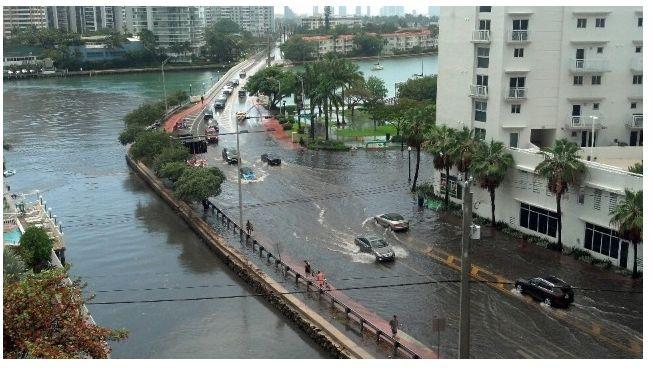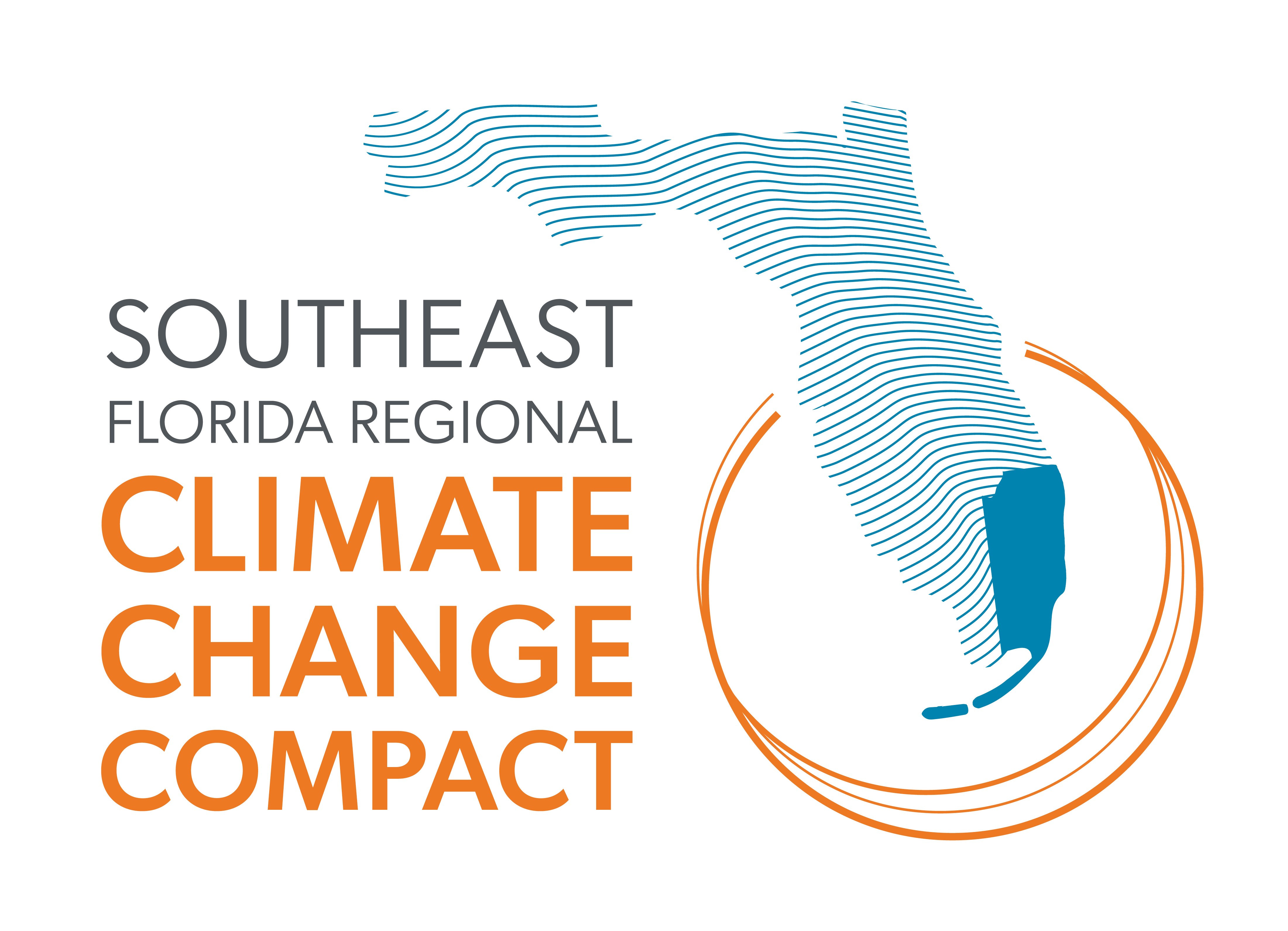
News
In the ‘Magic City,’ Sea Level Rise Puts Assets and People at Risk
September 23, 2015

Most of our planet’s seven billion people now live in cities. Historically these have been built near lakes, rivers and oceans — sources for food, water and transportation.
According to recent estimates from the United Nations, more people are moving into cities and by 2050, two out of three will be living in these urban centers. For the hundreds of millions living in coastal cities, the end of this century and beyond looks to bring significant existential challenges. This includes those residing in the South Florida megalopolis that extends from Miami to Palm Beach.
…
There are no complete or immediate solutions to the surging seas’ effects upon South Florida. The City of Miami Beach is investing hundreds of millions of dollars for a series of pumps that have already been put to work during the annual King Tide to keep the streets dry. Important arteries in the city have been lifted two feet, at a significant cost. Building and zoning rules are being changed to ensure new infrastructure may be more resilient.
Beyond Miami Beach, a four-county regional climate compact has settled on an expectation of two feet of sea level rise by the year 2060. Even though the rate of sea level rise is expected to accelerate in the second half of this century, local governments are not accounting for what might happen beyond 2060.
As I write this in 2015, there are dozens of new buildings in various phases of development along Miami’s coast. No one seems to be concerned about the long-term viability of these edifications nor the infrastructure that supports living in them. Insurance rates are still low relative to the risk (greatly subsidized by the government).
